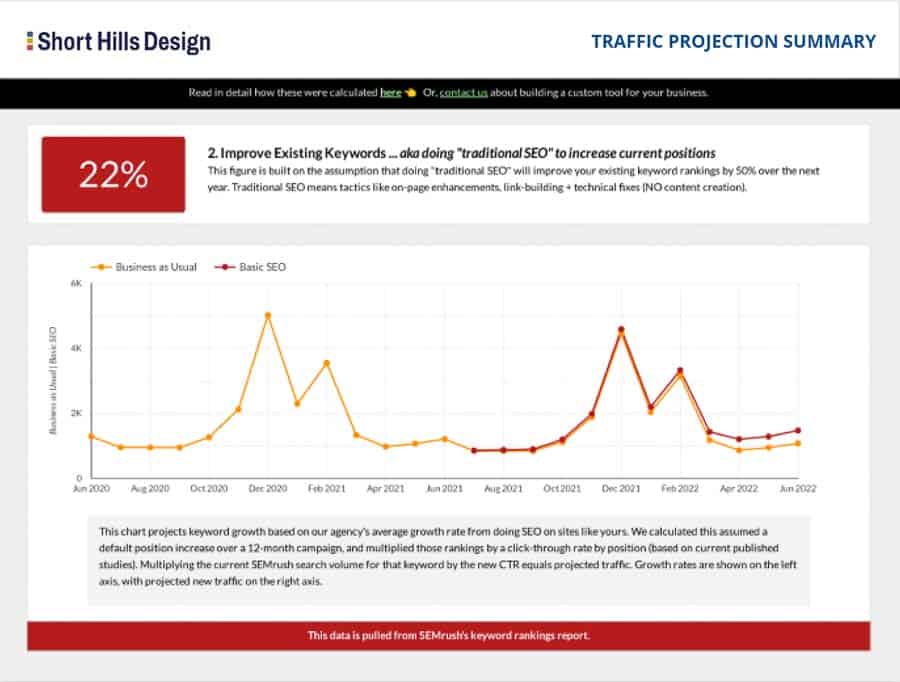In a previous article I discussed the basics of conversion data and the concept of cost per new patient. I also explained why dentists and physicians need to look at data from their marketing campaigns -- whether these campaigns or online with AdWords or offline with newspaper articles and Yellow Page ads. In this follow-up article I will use this foundation to discuss the actual conversions I look at in a real-life marketing situation for a dentist or physician client.
In the previous article about conversions I stuck to a one-conversion example. In a real-life situation I’d have more focused conversions and more data including the actual CPC for a new patient (since this data is the most critical). I’ll stick with AdWords here but the concepts are the same for the Yellow Pages -- what really matters is how many new patients you brought in in a given time period (e.g. one month). So let’s take a look a these conversions:
Your first conversion rate will be the conversion rate for the AdWords ad – of the 100 times the ad was displayed, how many people clicked? If 10 people clicked, then our conversion rate for the ad is 10%. This conversion rate will help us know if our ad is doing well.
Your second conversion rate will be whether or not people who clicked the ad performed our specified goal – that is, contacting the office via the contact form. This conversion rate will let us know that for this particular ad, of all of the people that click the ad, that “x” number of people will contact the office. So let’s assume that of the 10 people that click the ad, 5 of them contact the office for a conversion rate of (5/10) or 50% (practically speaking this is a very high number but it works for our example).
Your third conversion rate will be the actual number of people who became new patients. Even though 5 people did contact the office, did all 5 of them become new patients? If they did that’s great, but if they didn’t, why not. And here's where things get interesting -- you may wonder why we need three different conversion rates here and the answer is simple. Getting someone to go from our AdWords ad to becoming a new patient requires multiple steps, so by having clear and separate conversion rates, we can see where we are having success or problems.
-If nobody click our AdWords ads then our problem is easy to define: we need better ads. If nobody clicks the ads then nobody contacts the office and we don't get new patients.
-If we see that lots of people click our AdWords ad but very few people contact the office, then maybe our website isn’t appealing, or our contact form is broken. In reality there are lots of things that we can look at on a website to see what works and what doesn't and this is where Google Analytics becomes extremely helpful. But if the ads are getting clicked but the people aren't contacting us, then there's something on our website that they don't like (either that or they are calling the office instead of using the contact form -- but you would have tracking for that , too. to see if this is the case).
-If we see that lots of people click the AdWords ad and a good number contact the office, but very few become patients, then maybe our staff is not handling the call well. Maybe we need to record the conversations to see what's being said and to see if there are errors being made. Or maybe these people are interested in the practice but are asking for insurance plan that we don’t take. In this situation it would make sense to consider taking this insurance (that is -- if tons of people call with a specific insurance in mind that we don't take -- are we missing something demographically about our area?) or at least changing our ad to reflect the insurance plans that we do take.
Tracking conversions at every step in the marketing process is critical in order to be able to make informed business decisions and to make sure you are spending your marketing dollars in the best way possible. It's one thing to know what doesn't work in driving new patients to your practice. But it's another thing entirely to figure out what does work, and then to take advantage of this data and spend your marketing dollars on campaigns that you know will predictably bring patients into your office.

